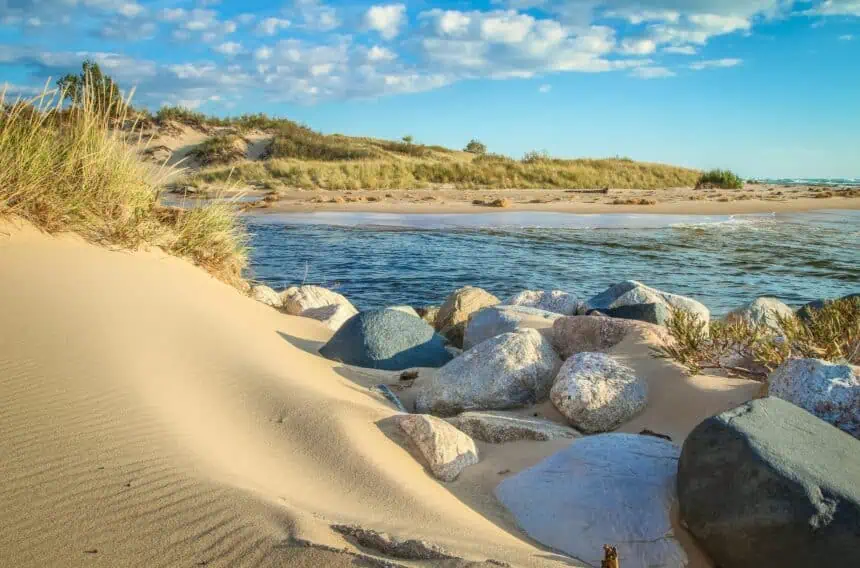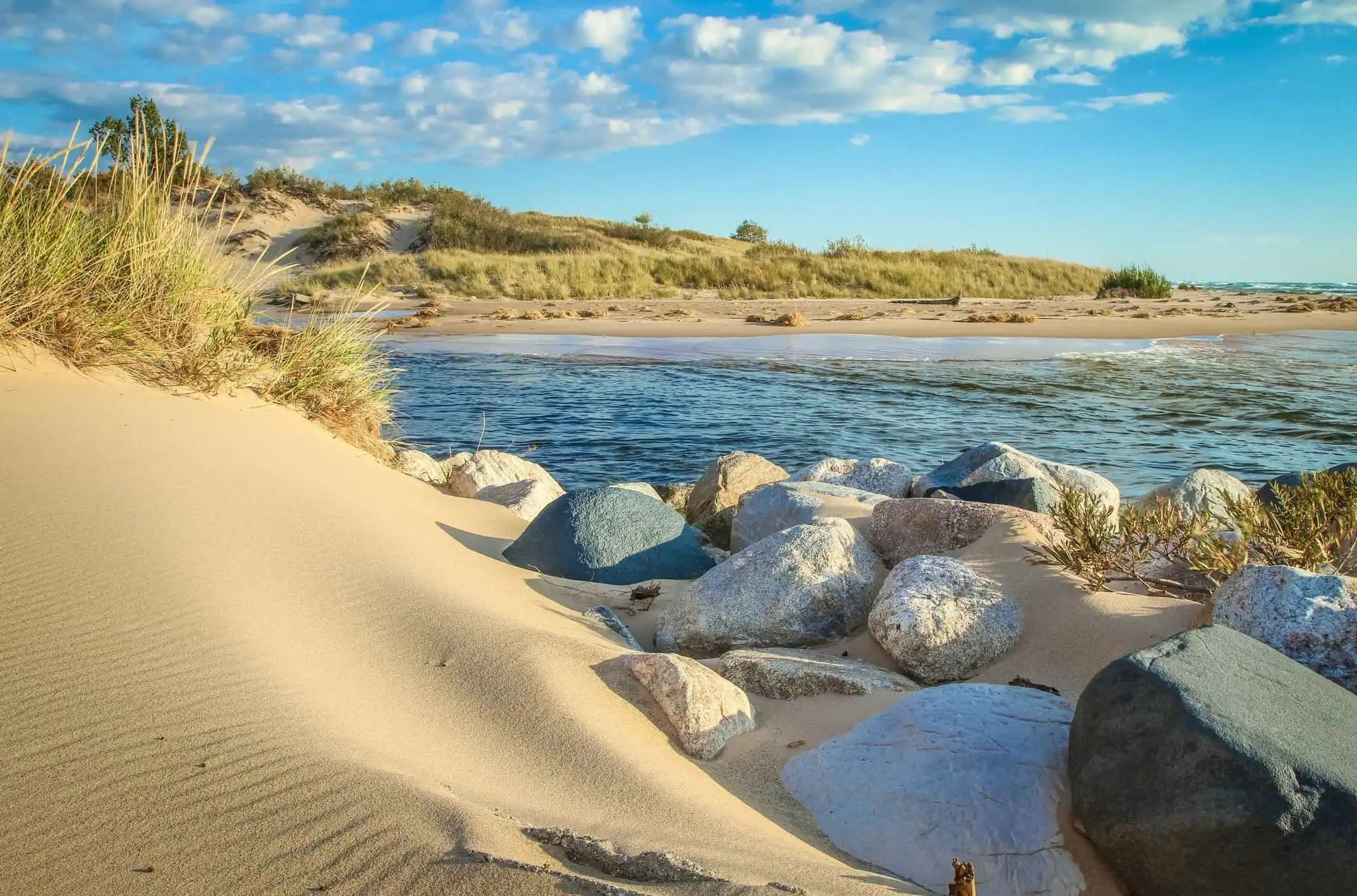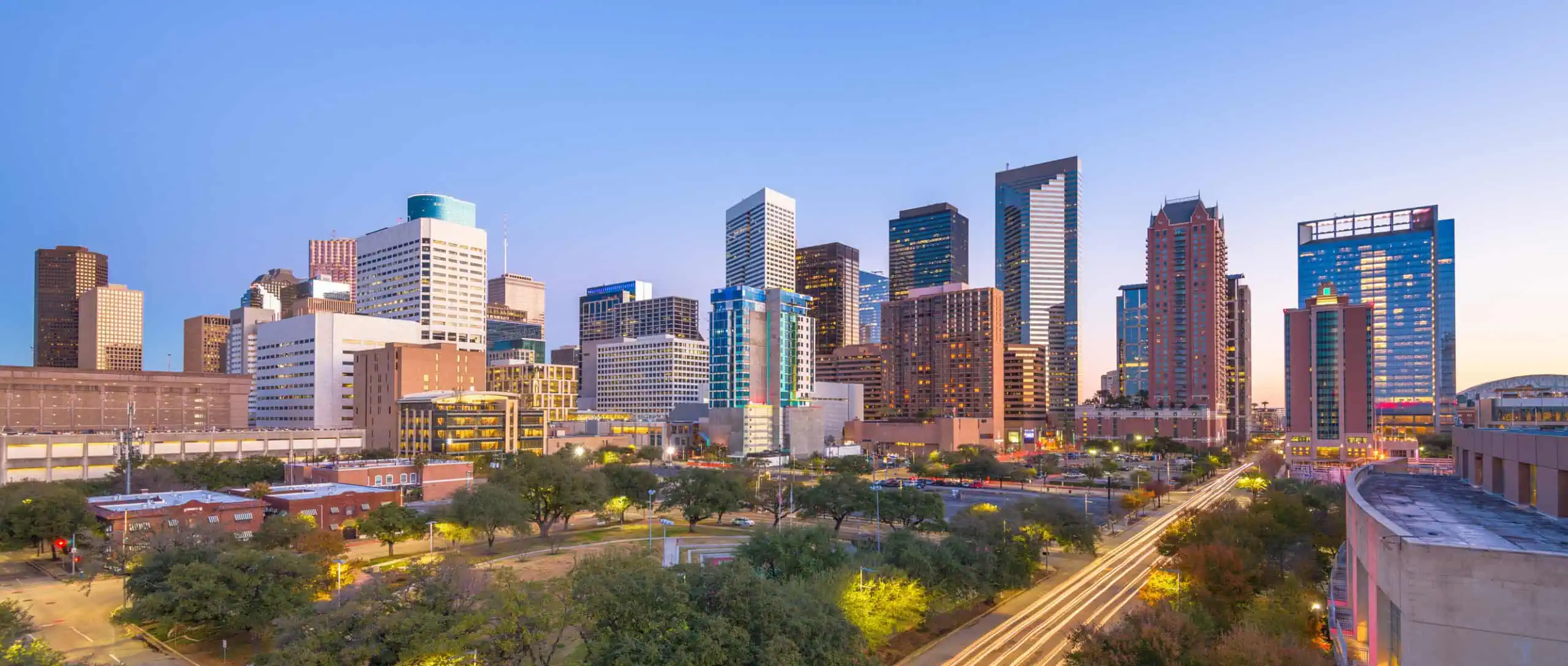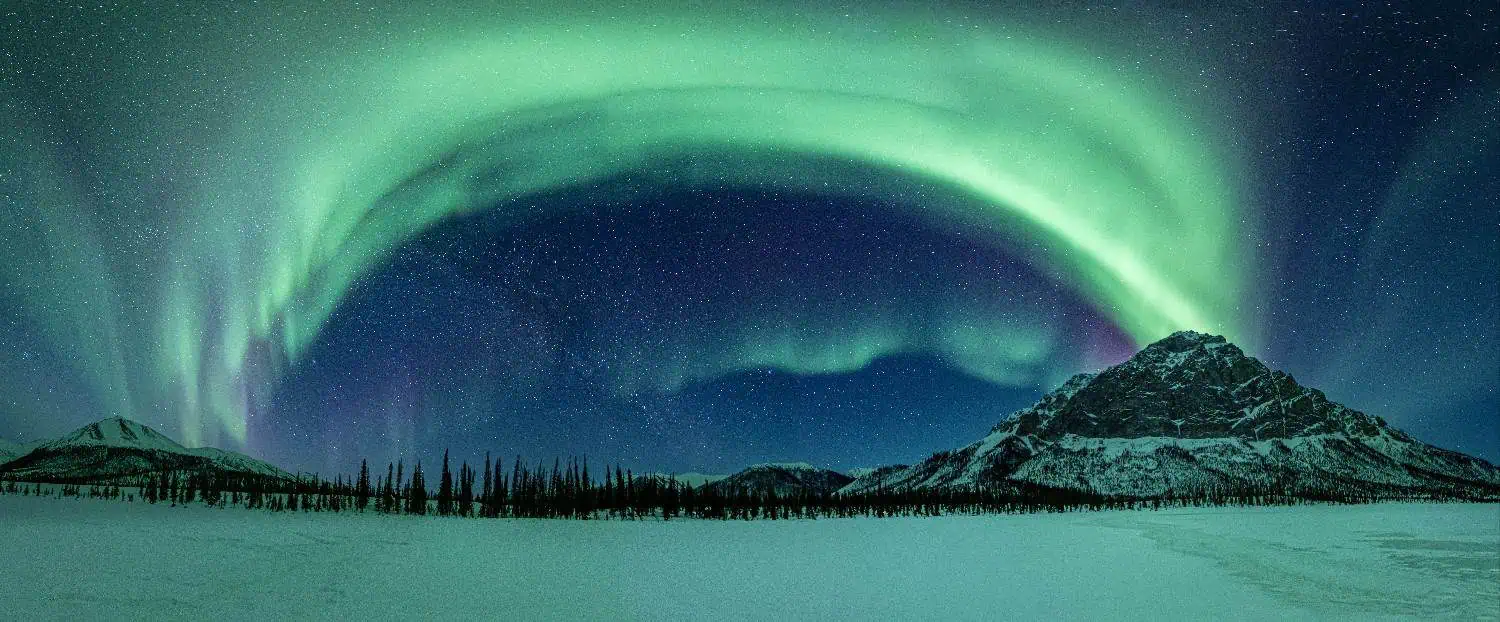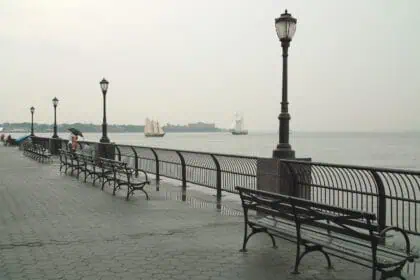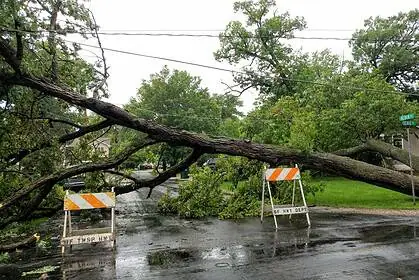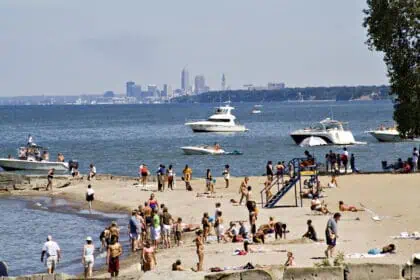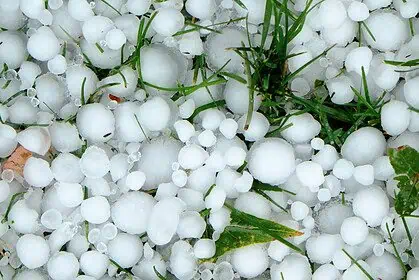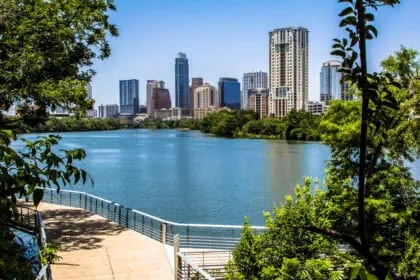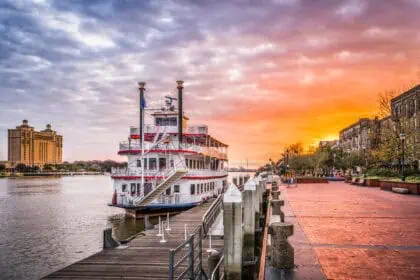A scorching dome of heat targets Southeast Michigan
A severe heat wave is about to grip the southern half of Lower Michigan, marking what could be the most intense stretch of hot weather the state has experienced since 2012. While Northern Michigan will be largely spared from the brunt of the heat, the southeast corner—including Detroit, Ann Arbor, and Monroe—is about to feel the full force of a classic hot dome formation in the upper atmosphere.
Beginning Saturday, June 21, and lasting through Thursday, June 26, the upper-air pattern will trap a large mass of scalding air over the Midwest, with the core of the heat dome centered over Kentucky and West Virginia, but extending fully into Southeast Michigan.
Detroit and nearby areas may flirt with 100°F (38°C)—something that hasn’t happened in more than a decade. If those readings are reached, they would mark the highest temperatures recorded in the region since the summer of 2012.
Unlike recent hot spells that have sometimes approached from the northwest, this episode will push in from the southeast, heating up the urban pavement corridors of Metro Detroit with remarkable intensity. The urban heat island effect will amplify daytime highs, particularly in concrete-heavy zones, possibly pushing readings 2 to 4 degrees higher than surrounding rural areas.
Monday, June 23, is expected to be the peak of this hot stretch, with widespread highs in Southeast Michigan climbing to between 96°F and 100°F (36°C to 38°C). Highs will stay in the 90s (32°C+) for much of the week across the southern counties of the Lower Peninsula, with some areas logging five to six consecutive days above the 90°F (32°C) threshold.
In contrast, Northern Michigan, including cities like Traverse City, will likely see only one or two days above 90°F (32°C)—primarily between Sunday and Wednesday—with temperatures generally retreating by the end of next week.
By Thursday, June 26, models suggest a slight cooling trend could begin to break down the heat dome. However, with June not yet over, it’s reasonable to expect more 90-degree days later this summer across the Great Lakes region.

